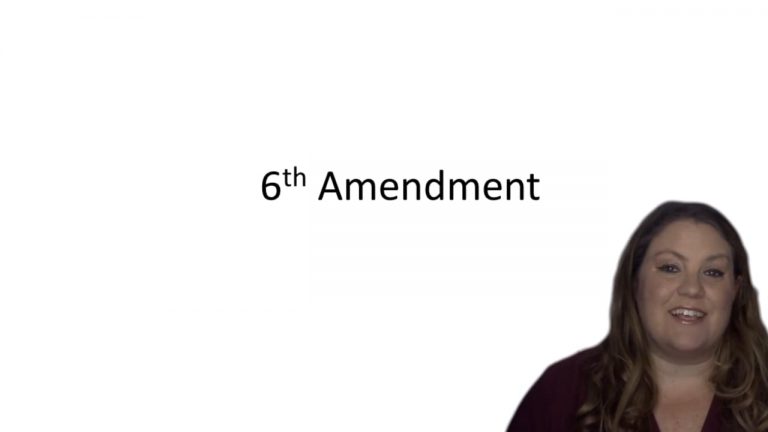SmartBrief
Confirm favorite deletion?
Criminal Procedure Keyed to Ohlin
Simmons v. United States
Citation:
390 U.S. 377 (1968)Facts
The evidence at trial showed that at about 1:45 P.M. on February 27, 1964, two men entered a Chicago savings and loan association. One of them pointed a gun at a teller and ordered her to put money into a sack. Within an hour police located the suspects’ places. The following morning the FBI obtained some snapshots of the suspects. These snapshots were shown to the five bank employees who had witnessed the robbery. Each witness identified pictures of Simmons as representing one of the robbers. A week later, three of these employees identified photographs of petitioner Garrett as depicting the other robber, the other two witnesses stating that they did not have a clear view of the second robber. The petitioners subsequently were indicted and tried for the robbery. During the trial, all five bank employee witnesses identified Simmons as one of the robbers. Three of them identified Garrett as the second robber. The jury found Simmons and Garrett guilty.
Only StudyBuddy Pro offers the complete Case Brief Anatomy*
Access the most important case brief elements for optimal case understanding.
*Case Brief Anatomy includes: Brief Prologue, Complete Case Brief, Brief Epilogue
- The Brief Prologue provides necessary case brief introductory information and includes:
Topic:
Identifies the topic of law and where this case fits within your course outline.Parties:
Identifies the cast of characters involved in the case.Procedural Posture & History:
Shares the case history with how lower courts have ruled on the matter.Case Key Terms, Acts, Doctrines, etc.:
A case specific Legal Term Dictionary.Case Doctrines, Acts, Statutes, Amendments and Treatises:
Identifies and Defines Legal Authority used in this case.
- The Case Brief is the complete case summarized and authored in the traditional Law School I.R.A.C. format. The Pro case brief includes:
Brief Facts:
A Synopsis of the Facts of the case.Rule of Law:
Identifies the Legal Principle the Court used in deciding the case.Facts:
What are the factual circumstances that gave rise to the civil or criminal case? What is the relationship of the Parties that are involved in the case.Issue(s):
Lists the Questions of Law that are raised by the Facts of the case.Holding:
Shares the Court's answer to the legal questions raised in the issue.Concurring / Dissenting Opinions:
Includes valuable concurring or dissenting opinions and their key points.Reasoning and Analysis:
Identifies the chain of argument(s) which led the judges to rule as they did.
- The Brief Prologue closes the case brief with important forward-looking discussion and includes:
Policy:
Identifies the Policy if any that has been established by the case.Court Direction:
Shares where the Court went from here for this case.
Topic Resources
Topic Outline
Topic Refresher Course
Topic Charts & Notes

 4m 2s
4m 2s